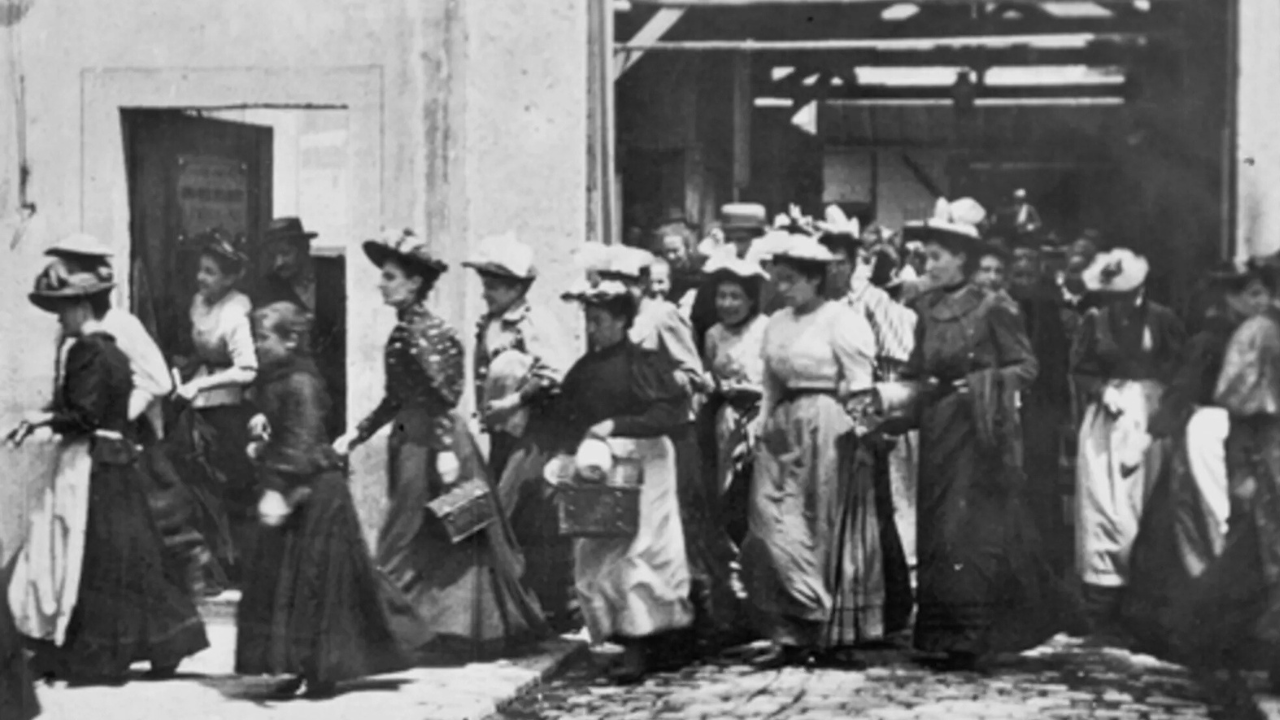The late 19th and early 20th centuries marked a revolutionary period in art and entertainment, giving birth to a new medium that would captivate the world: cinema. Initially a novelty, this "art of light" quickly evolved into a sophisticated storytelling device, thanks to the pioneering efforts of inventors, filmmakers, and entrepreneurs across the globe.
Early Innovations and First Steps
The journey to the big screen began with several key technological advancements. The foundation was laid by George Eastman who, in 1885, patented and released the film roll, a crucial step away from bulky glass plates. This new flexible medium was essential for creating moving images. Soon after, American inventor Thomas Edison began experimenting with motion pictures, leading to the development of the Kinetoscope. Early films were viewed individually by looking inside this device, which was too private and small for a shared experience.
One of Edison's most notable early creations was his film studio, the Black Maria. This studio was an innovative structure designed to maximize the use of natural light. Its entire building could be rotated to follow the sun, and its roof could open, optimizing filming conditions for the sensitive film stock of the time. This period produced some of the earliest films, including Annabelle Serpentine Dance (1894) and Sandow (1894), directed by William Kennedy Dickson.
The Lumière Brothers and the First Public Screening
The true birth of cinema as a public phenomenon came with the innovations of Louis and Auguste Lumière. The brothers, whose surname literally means "light," developed the Cinématographe, a device that could shoot, print, and project film. They used a sewing machine mechanism to advance and expose the film, creating what was colloquially known as "The Clicking Machine." Their work ushered in the era of shared cinematic experiences, moving motion pictures out of private boxes and onto a large screen for a paying audience.
On December 28, 1895, at the Grand Café on 14 Boulevard des Capucines in Paris, the Lumières held the world's first public film projection. This event is widely considered the official birth of the cinema. Their films, often short, documentary-style scenes of everyday life, like Workers Leaving the Lumière Factory (1895) and Arrival of a Train at La Ciotat (1896), captivated audiences with their simple realism. Interestingly, Louis and Auguste Lumière are now recognized as the first documentary filmmakers.
From Novelty to Art Form
By 1896, most of the world was aware of cinema, but it was largely considered a lowbrow, unsophisticated novelty. However, France saw the potential and began to take the medium very seriously, viewing it as a "beacon of foreign policy." It was in this fertile ground that cinema truly evolved from a simple attraction into an art form.
A key turning point came in 1898 with the advent of cinematic techniques like shots and cuts. Filmmakers began to understand that they could manipulate time and space on screen. Georges Méliès, a stage magician, was one of the first to harness this power. By using cuts, he created on-screen magic, such as making objects disappear or transforming people into other things. His visionary work in films like Cendrillon (1899) and Le voyage dans la lune (1902) earned him the title of the first special effects director.
Other pioneers quickly followed suit. George Albert Smith is credited with several breakthroughs in early filmmaking. In Brighton, England, he filmed the first "Phantom ride," a shot taken from the front of a moving train, as seen in The Kiss in the Tunnel (1899). He also filmed what is considered the first close-up—a shot of a cat in The Sick Kitten (1903)—demonstrating how cinema could focus on intimate details.
The contributions of women were also vital from the start. Alice Guy-Blaché is widely recognized as the first female director and one of the most prolific filmmakers of the silent era.
As cinema matured, it began to showcase its unique abilities. As Mark Cousins famously stated, "movies are the world's greatest mirror," reflecting and shaping the human experience. The medium even invented the flashback, a storytelling device that Shakespeare and other playwrights never used, allowing it to manipulate time in a way no other art form could. By 1918, cinema had firmly established itself as a powerful, enchanting, and sophisticated form of artistic expression.













